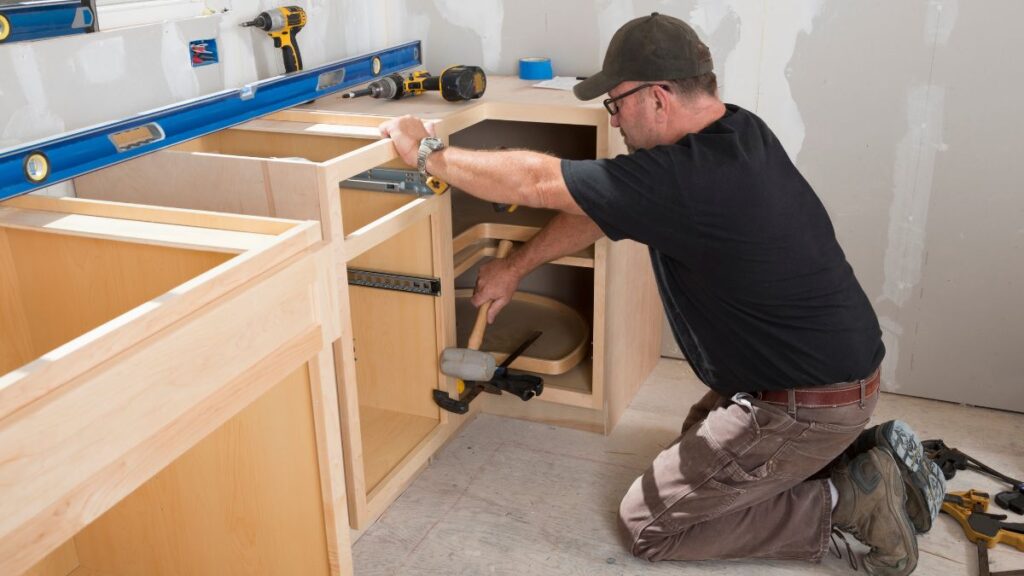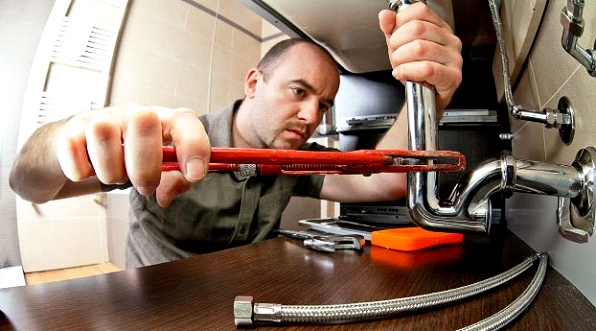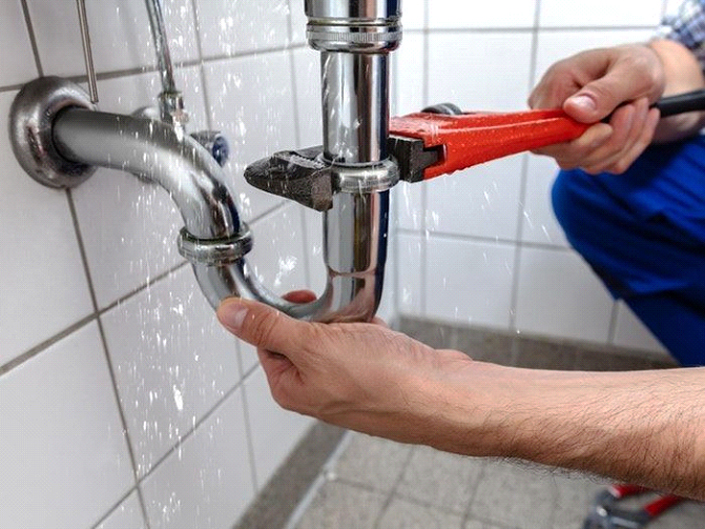When renovating your kitchen, installing new cabinets can be a major undertaking. One of the most common questions homeowners ask is how long does it take to install kitchen cabinets? The answer to this question is not straightforward, as the installation time can depend on several factors. These can include the size of the kitchen, the type of cabinets being installed, and the experience level of the installer.
In this article, we will explore some factors that can impact the time required to install kitchen cabinets. We will also provide tips to help you plan your renovation project accordingly. By understanding the timeline for this task, you can better prepare for the process and ensure that your new kitchen is installed efficiently and effectively.
Contents
Pre-Installation Planning
Pre-installation planning is a critical step in the process of installing kitchen cabinets. It involves taking measurements, selecting the right cabinets, determining the layout and positioning, and gathering the necessary tools and materials. Proper planning ensures a smooth installation process and minimizes delays and mistakes.
Measuring the space and selecting cabinets
In this process, we first measure the space where the kitchen cabinets will be installed. Measure the length and width of the walls where the cabinets will be placed, as well as the height of the ceiling. These measurements will help determine the size and quantity of cabinets needed for the space. It is important to take accurate measurements to avoid needing adjustments during installation.
Once the measurements have been taken, it is time to select the right cabinets for the space. There are many different types of cabinets available, with various styles, colors, and finishes. It is important to select cabinets that fit the design and style of the kitchen, as well as ones that are durable and long-lasting.
Determining layout and positioning
After selecting the cabinets, the next step is determining the layout and positioning. We decide where each cabinet will be placed and how they will be arranged. It is important to consider factors such as the size and shape of the kitchen, the placement of appliances and fixtures, and the amount of storage space needed. Planning the layout can make the cabinets more functional and efficient.
Gathering necessary tools and materials
Finally, gathering all the necessary tools and materials for the installation is important. This includes tools such as a drill, level, and saw, as well as hardware such as screws, nails, and brackets. It is important to have everything on hand before installing to avoid delays and interruptions.
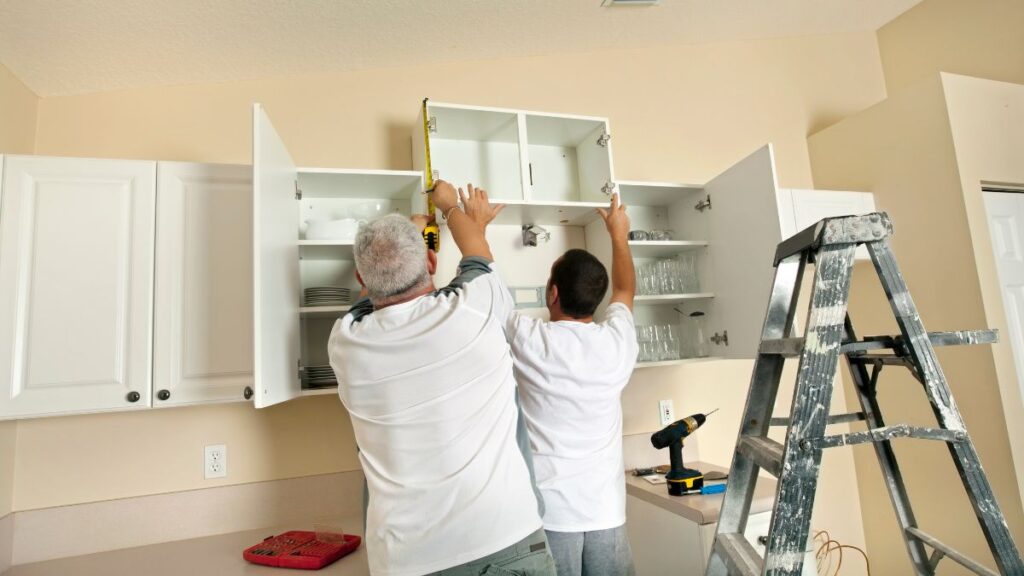

Removing Existing Cabinets (if applicable)
When it comes to installing new kitchen cabinets, it is often necessary to first remove the existing cabinets. This can be challenging and time-consuming, but it is essential in creating a fresh, updated look for your kitchen. Proper planning and safety considerations are important when removing cabinets, and several steps are involved in the process.
Preparation and safety considerations
The first step in removing existing cabinets is to prepare the work area. This includes covering nearby surfaces with protective materials such as drop cloths or cardboard. It is also important to turn off any electrical power to the area where the cabinets will be removed to avoid the risk of electrocution.
Steps for removal
- Remove any items stored inside the cabinets, such as dishes, pots, and pans. These items should be carefully packed away to prevent damage or breakage. It is also a good idea to label the boxes or containers so that you can easily find items when it is time to move them back into the new cabinets.
- Then, remove the cabinet doors and drawers. This can be done using a screwdriver or drill to remove the screws or hinges that hold the doors and drawers in place. During this process, it is important to be careful and avoid damaging the doors or drawers.
- Using a crowbar or hammer, you can easily remove the cabinet from the wall. Be gentle to avoid damaging the walls or surrounding areas. It may be necessary to use a saw or other cutting tool to remove any screws or nails holding the cabinets.
- The final step is to clean up the work area. You should remove any debris, nails, or screws that may have been left behind during the removal process. It is also a good idea to vacuum or sweep the area to remove dust or debris.
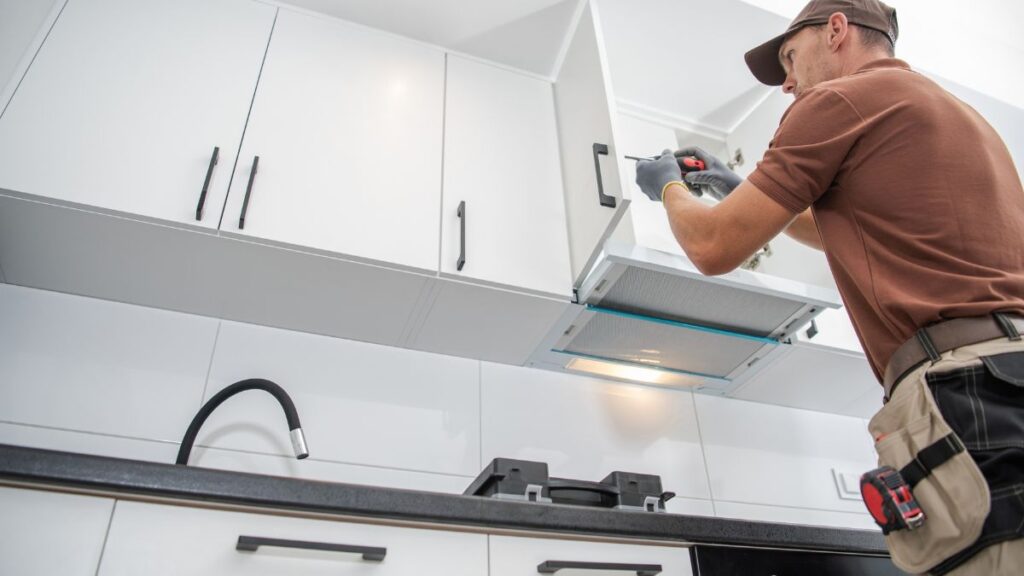

Installing New Cabinets
Installing new kitchen cabinets can be an exciting and rewarding project that can transform the look and functionality of your kitchen. However, it is important to take the time to plan the project carefully and follow the necessary steps to get a successful outcome.
Steps for installation
- The first step in installing new cabinets is to measure the space where the new cabinets will be placed. This involves taking precise measurements of the area’s height, width, and depth and accounting for any obstacles, such as electrical outlets or plumbing fixtures.
- The second step is to select the type of cabinets that will be installed. This can include options such as custom-built cabinets or pre-fabricated cabinets. It is important to choose cabinets that are both functional and fit well with the kitchen’s overall design.
- The third step is to assemble the new cabinets. Kindly follow the manufacturer’s instructions carefully and use the necessary tools and hardware to assemble the cabinets correctly.
- The fourth step is to install any necessary hardware, such as hinges, knobs, and drawer slides. This can be done using a drill or screwdriver, and it is important to ensure that the hardware is properly aligned and tightened.
- The final step is installing finishing touches such as crown molding or trim. This can help to give the cabinets a polished, professional look.
Conclusion
How long does it take to install kitchen cabinets? The time it takes to install kitchen cabinets varies depending on several factors, including the size and complexity of the kitchen, the experience level of the installer, and the type of cabinets being installed.
Typically, a professional installation can take a few days to a few weeks, while a DIY installation may take longer.
However, regardless of the timeline, it is important to take the necessary steps to ensure a successful and safe installation, including measuring and planning carefully, selecting quality materials, and following manufacturer instructions and local building codes.

